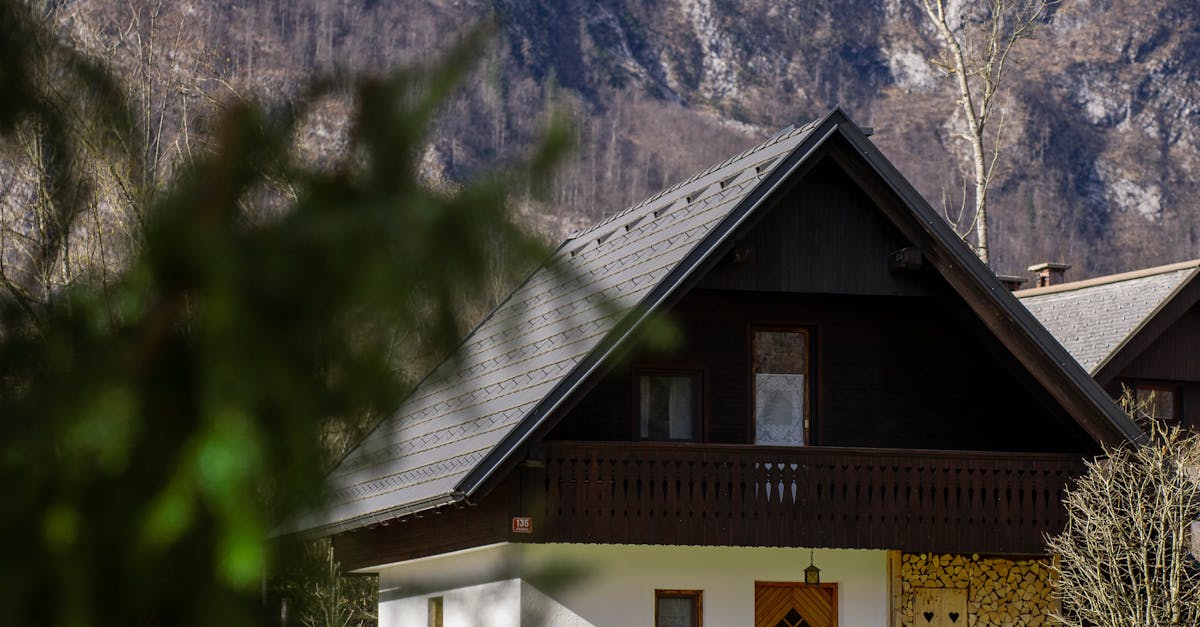
This not only helps lower energy consumption but also contributes to creating a more sustainable and environmentally friendly living or working environment.Yes, it is essential to consider factors such as insulation levels, airtightness, climate conditions, and occupant behaviour when impl
sign to maximize natural light exposure and energy savings in passive house projects.
What are the benefits of integrating daylighting with building orientation in passive house design?
Integrating daylighting with building orientation can enhance natural light penetration, improve indoor comfort, and contribute to the overall energy efficiency of passive house designs.
Related Links
Optimal Building Form and Layout in Passive House DesignRole of Thermal Mass in Passive House Design
Minimizing Energy Demand with Passive House Design Principles
Passive Solar Design Techniques for Passive House Construction
Shading and Overheating Prevention in Passive House Design
Ventilation Strategies in Passive House Design Principles
Importance of High-Performance Windows in Passive House Design
Terms of Use